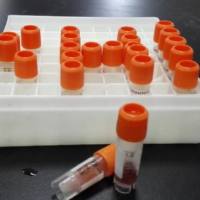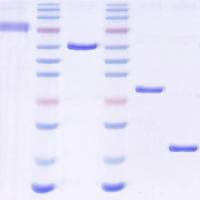Although classical cytogenetic analysis is a powerful tool for the assessment of acquired chromosomal changes in hematological malignancies, it can be performed only on dividing cells and cannot detect cryptic rearrangements. The introduction of molecular cytogenetic techniques, such as fluorescence in situ hybridization (FISH), has revolutionized the field of cytogenetics by allowing the identification of complex and cryptic chromosomal abnormalities. FISH allows the study of chromosome exchanges and gene rearrangements, amplifications, and deletions at the single-cell level. However, another FISH-based technique, comparative genomic hybridization (CGH), can identify chromosome losses and gains in tumor cells without prior knowledge of the chromosomal loci involved (1 ). Furthermore, the capacity to hybridize simultaneously 24 or more DNA probes in the FISH-based karyotyping of chromosomes has resulted in several novel techniques, such as multiplex FISH (MFISH) (2 ), spectral karyotyping (SKY) (3 ), combined binary ratio labeling (COBRA) (4 ), and color-changing karyotyping (5 ). FISH banding techniques have also been developed to identify intrachromosomal rearrangements: cross-species color banding (CSCB) (6 ) and high-resolution multicolor banding (7 ).






